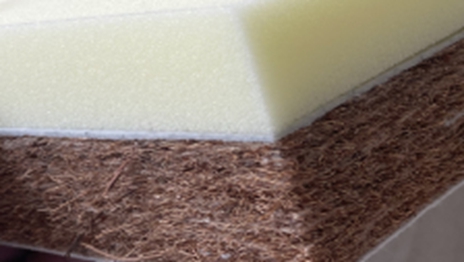high quality pressure injury care
High-Quality Pressure Injury Care Ensuring Patient Well-Being
Pressure injuries, also known as pressure ulcers or bedsores, are localized areas of damage to the skin and underlying tissue, primarily caused by prolonged pressure, often over bony prominences. These injuries can lead to significant morbidity, extended hospital stays, and increased healthcare costs. As such, high-quality pressure injury care is essential in promoting patient comfort, reducing complications, and enhancing healing outcomes. This article explores the best practices for delivering high-quality pressure injury care, emphasizing prevention, assessment, treatment, and education.
Prevention The Cornerstone of Pressure Injury Management
Effective pressure injury care begins with prevention. Healthcare providers must identify individuals at risk of developing pressure injuries, including those with limited mobility, poor nutrition, or certain medical conditions. A comprehensive risk assessment should be conducted using validated tools such as the Braden Scale, which evaluates factors like sensory perception, moisture, activity, mobility, nutrition, and friction/shear.
Once at-risk individuals are identified, preventive measures should be implemented. Regular repositioning of patients at least every two hours is crucial, as it helps alleviate pressure on vulnerable areas. The use of specialized pressure-relieving devices, such as foam overlays, air mattresses, and cushions, can significantly reduce the risk of injury. Additionally, maintaining skin hygiene and adequate nutrition is vital; optimal hydration and a balanced diet rich in protein support skin integrity and overall health.
Assessment Accurate Identification of Pressure Injuries
If a pressure injury occurs, timely and thorough assessment is critical. Medical professionals should perform a comprehensive evaluation of the wound, documenting its size, depth, exudate, and condition of the surrounding skin. Utilizing standardized assessment tools and staging classifications (e.g., Stage I-IV) helps ensure consistent communication among caregivers and supports appropriate intervention strategies.
Close vigilance is necessary to catch changes in the wound's appearance or condition early. Signs of infection, such as increased redness, warmth, or odor, should be promptly noted and managed. Regular assessments not only track the injury's healing progress but also inform the overall care plan tailored to the specific needs of the patient.
high quality pressure injury care

Treatment Evidence-Based Interventions for Optimal Healing
High-quality pressure injury care involves employing evidence-based treatment protocols. For Stage I injuries, interventions typically include relief of pressure and application of moisture-retentive dressings to maintain a moist wound environment. For deeper wounds (Stages II-IV), the focus shifts to debridement (removing non-viable tissue), infection control, and using appropriate dressings to facilitate healing.
Topical treatments, including antimicrobial agents, can be utilized based on clinical judgment and the specific needs of the injury. Collaboration among multidisciplinary teams—including nurses, wound care specialists, and dietitians—is vital to ensure comprehensive care that addresses the patient’s physical, nutritional, and psychosocial needs.
Education Empowering Patients and Caregivers
Education plays a pivotal role in high-quality pressure injury care. Patients, families, and caregivers should receive comprehensive training regarding prevention strategies, signs of pressure injuries, and effective wound care practices. When patients and family members are educated about the importance of mobility, nutrition, and skin care, they become active participants in their health management.
Furthermore, healthcare staff must remain informed about the latest evidence-based practices and innovations in pressure injury care. Ongoing training and workshops can enhance caregivers' knowledge and skills, ultimately improving patient outcomes and reducing the incidence of pressure injuries within healthcare settings.
Conclusion Commitment to High-Quality Pressure Injury Care
In conclusion, high-quality pressure injury care is a dynamic process that requires a proactive approach encompassing prevention, thorough assessment, targeted treatment, and education. By prioritizing these key components, healthcare providers can significantly reduce the prevalence and impact of pressure injuries, thereby enhancing the quality of life and recovery for patients. As we strive to improve patient care and outcomes, commitment to high-quality pressure injury management remains a fundamental aspect of healthcare practice.
-
How Hospital Mattress Choices Directly Impact Patient Comfort and CareNewsAug.05,2025
-
Hospital Mattress Topper Compatibility IssuesNewsAug.05,2025
-
Choosing the Best Hospital Mattress for Home UseNewsAug.05,2025
-
Blue Hospital Mattress Material Safety StandardsNewsAug.05,2025
-
Best Firm Hospital Bed Mattress for Elderly: A Wholesaler’s Guide to Quality Care SolutionsNewsAug.05,2025
-
Adjustable Bed Compatibility with Hospital MattressesNewsAug.05,2025
-
Sleep Tracking Mattress GuideNewsJul.28,2025

